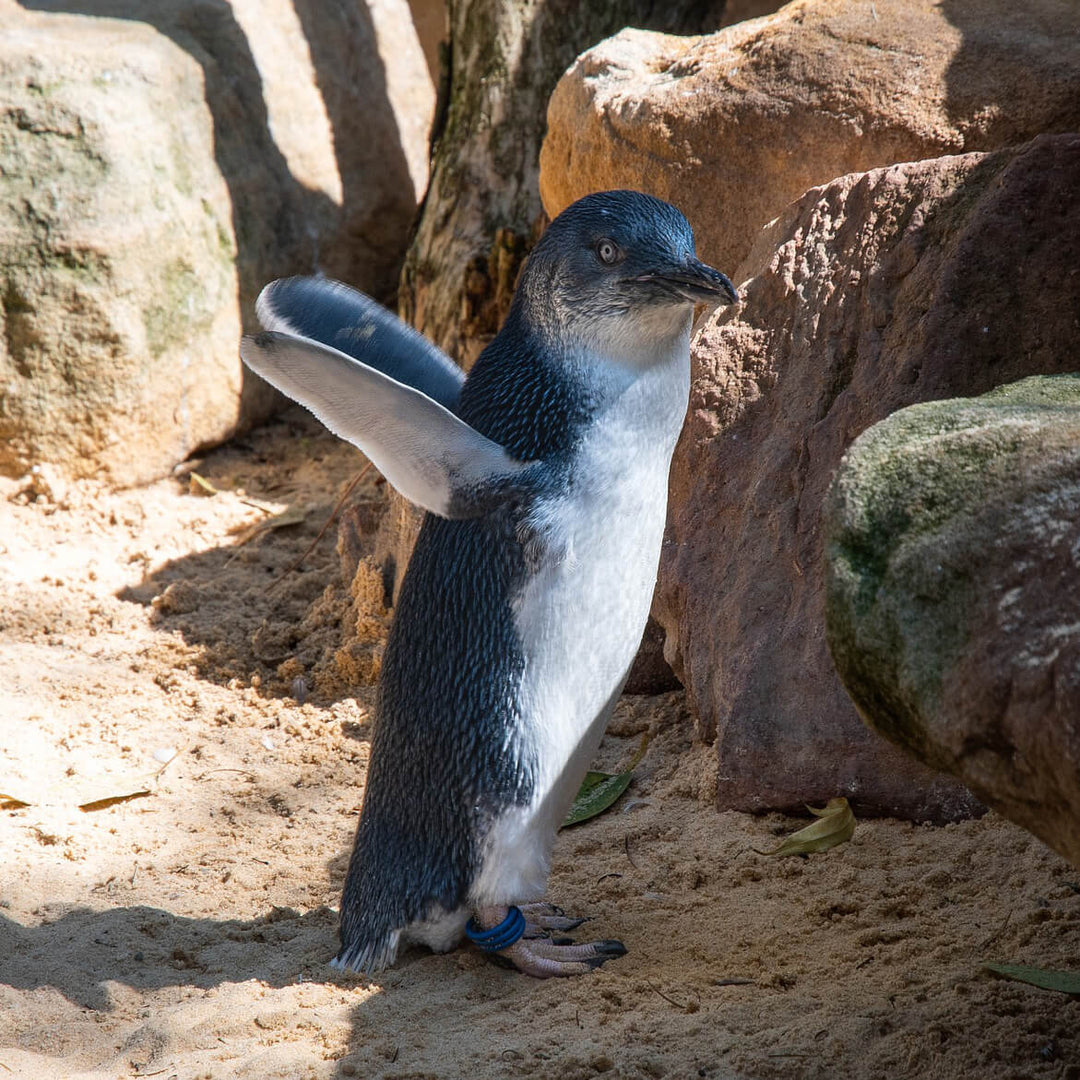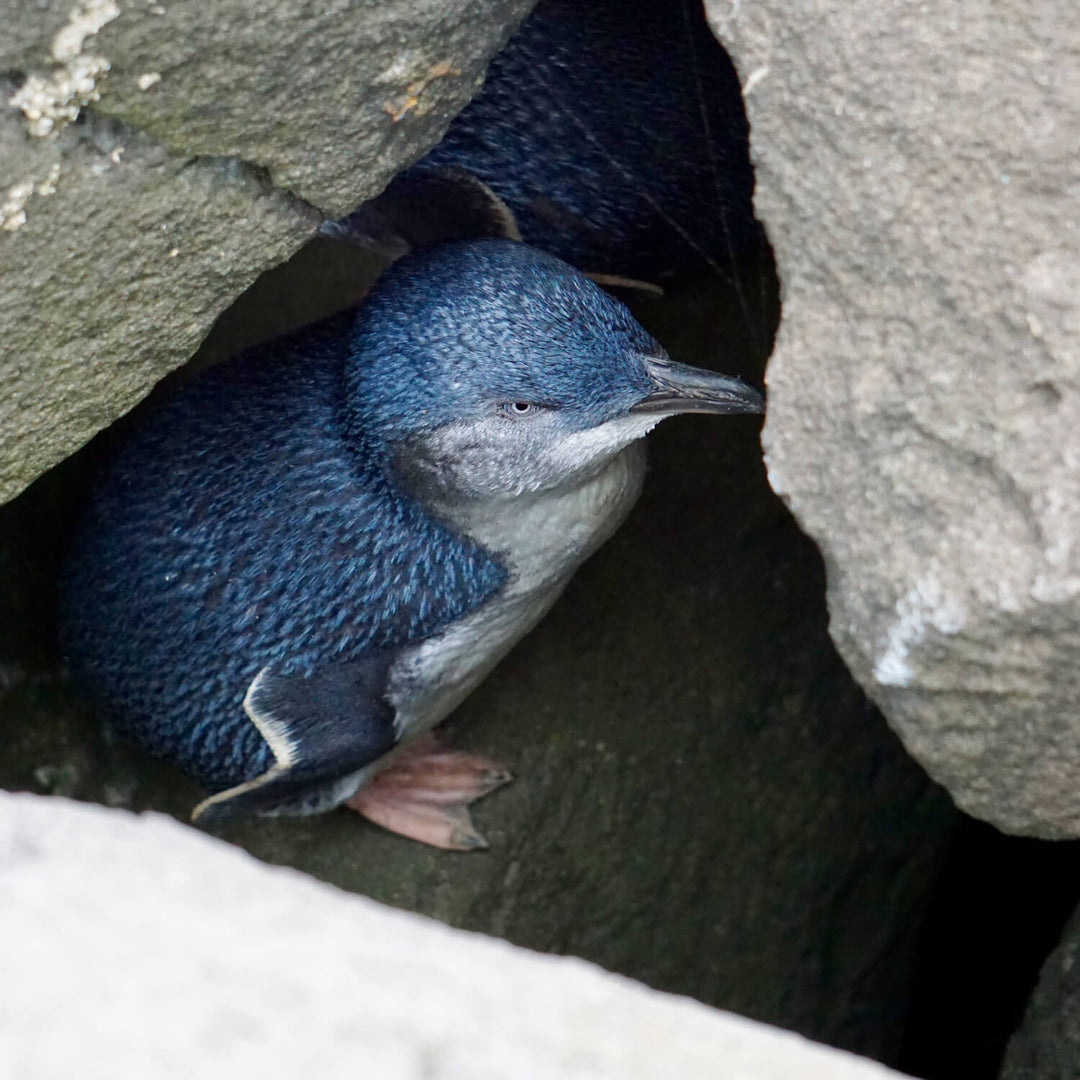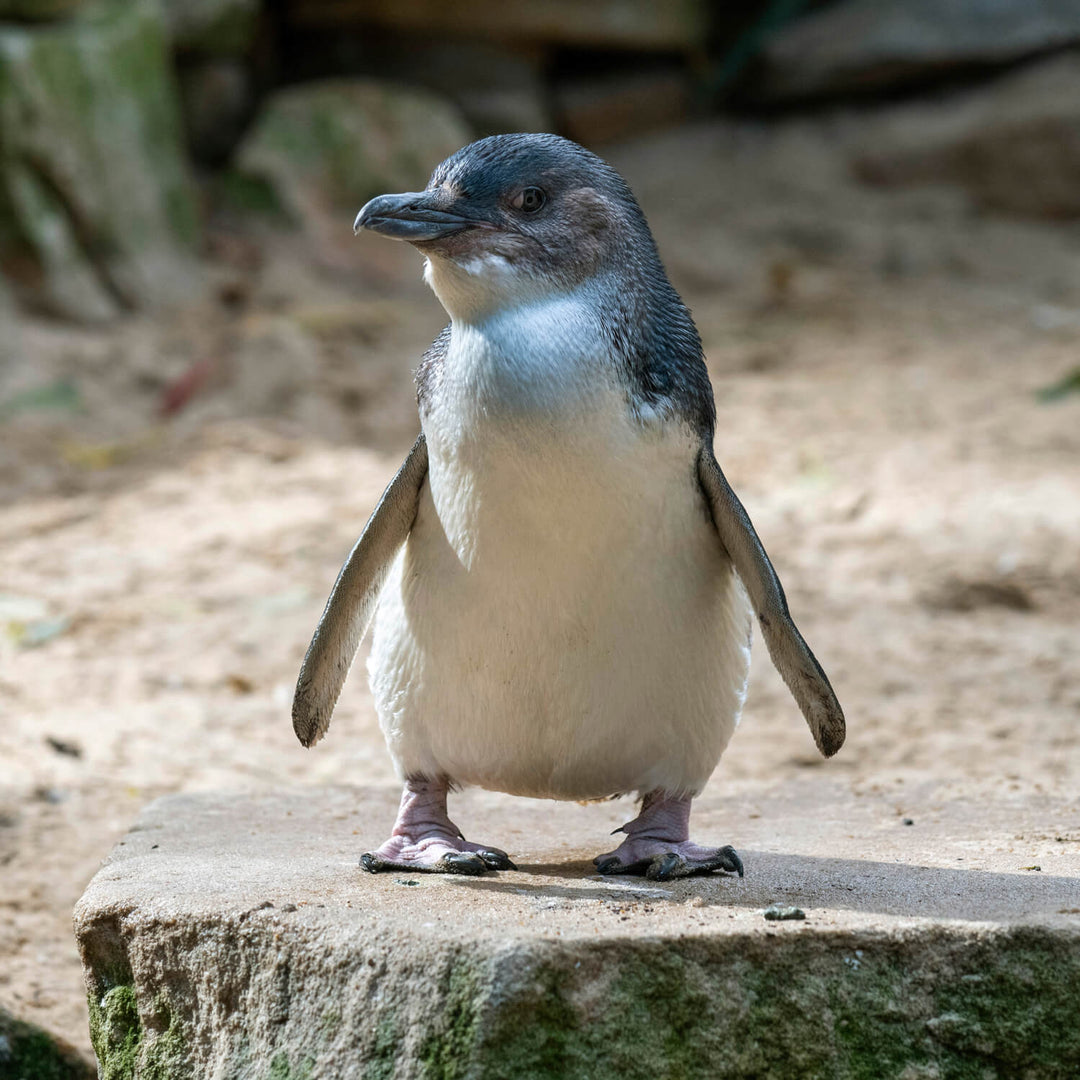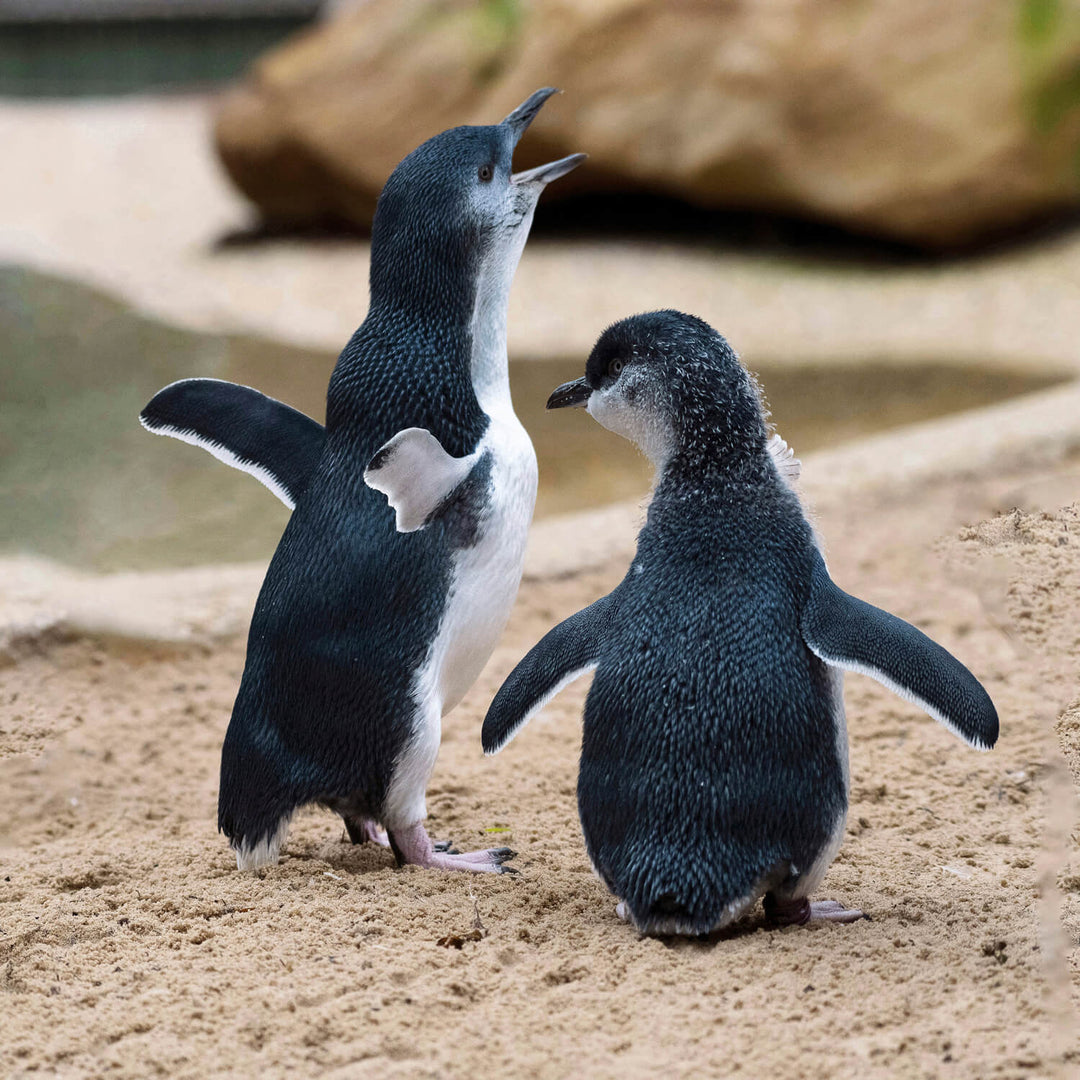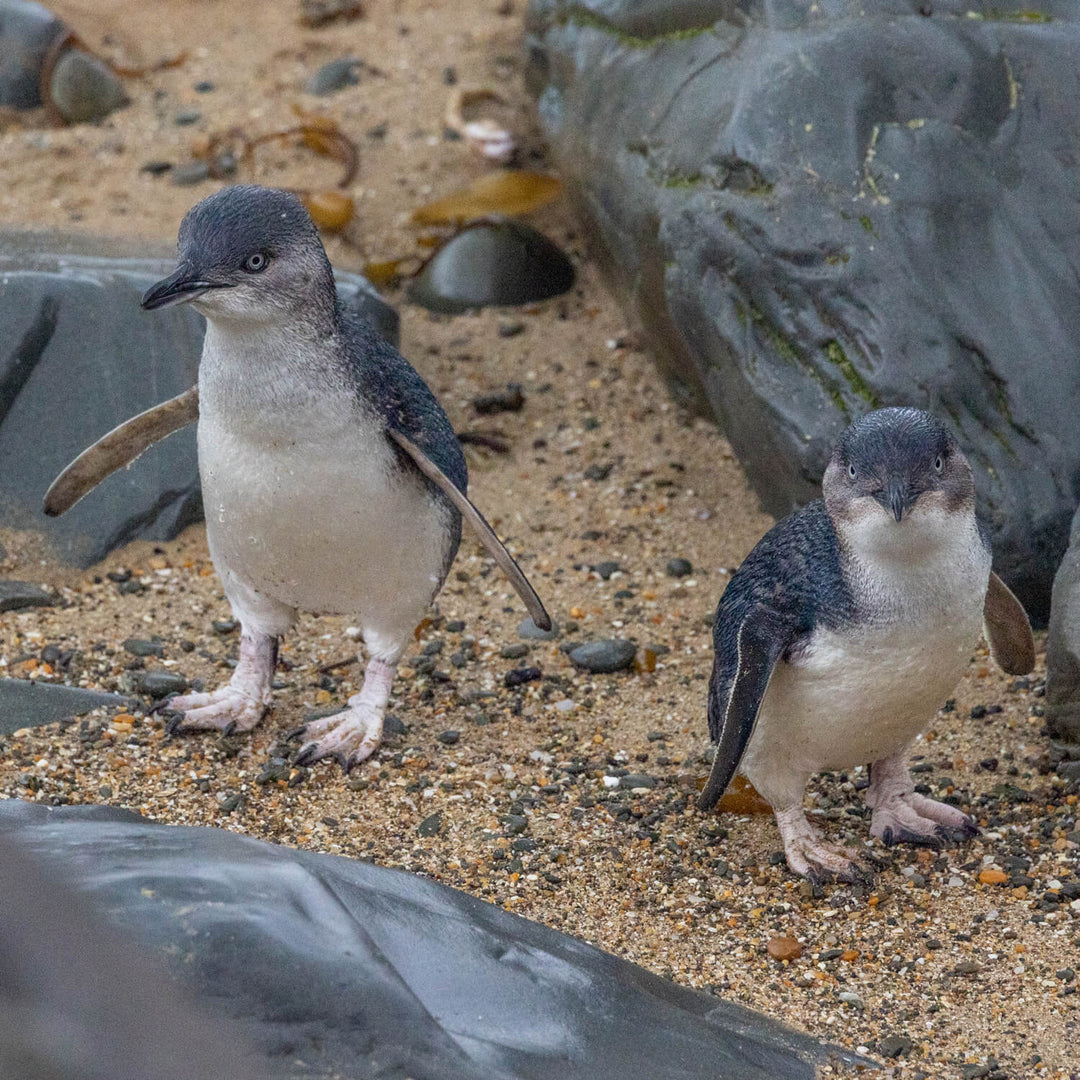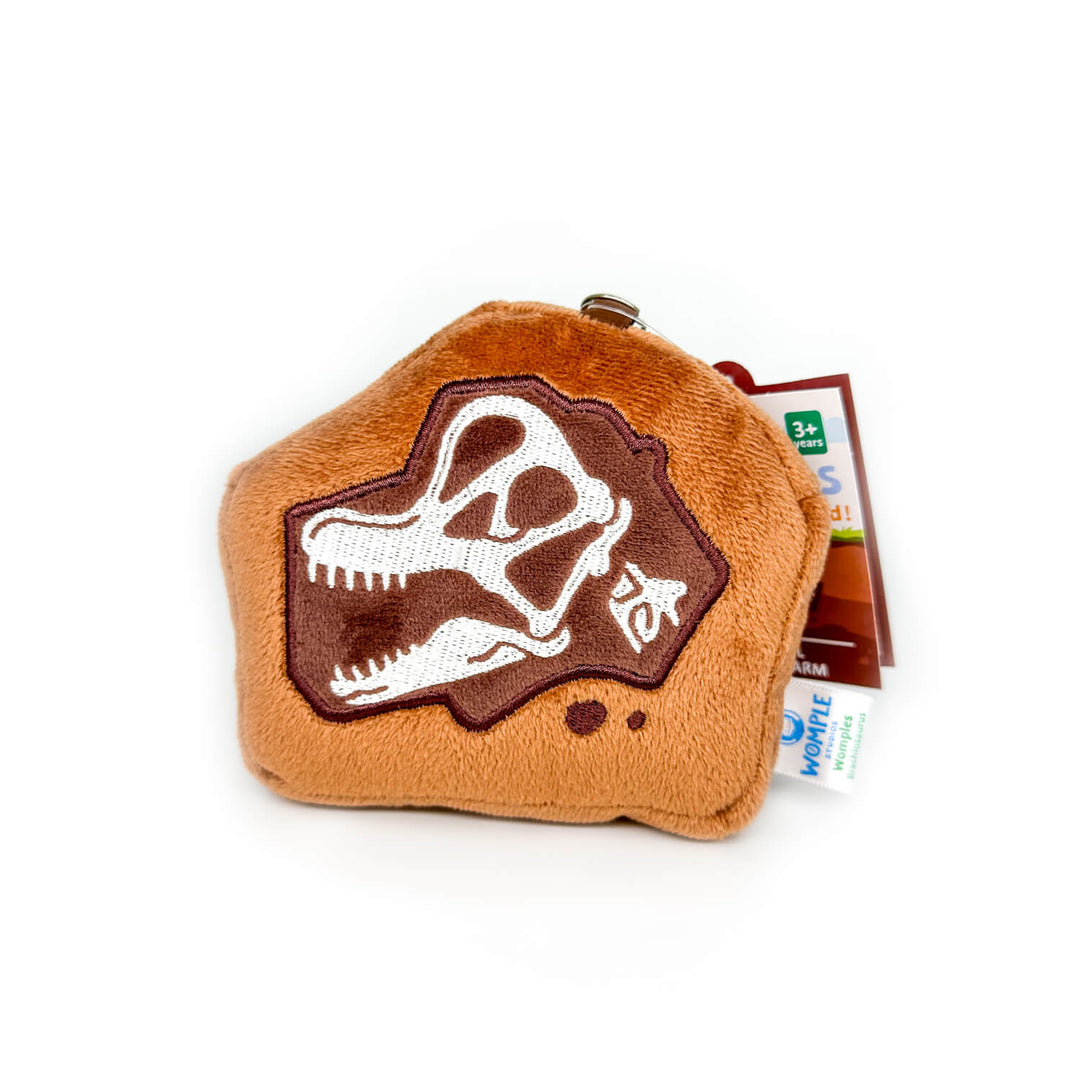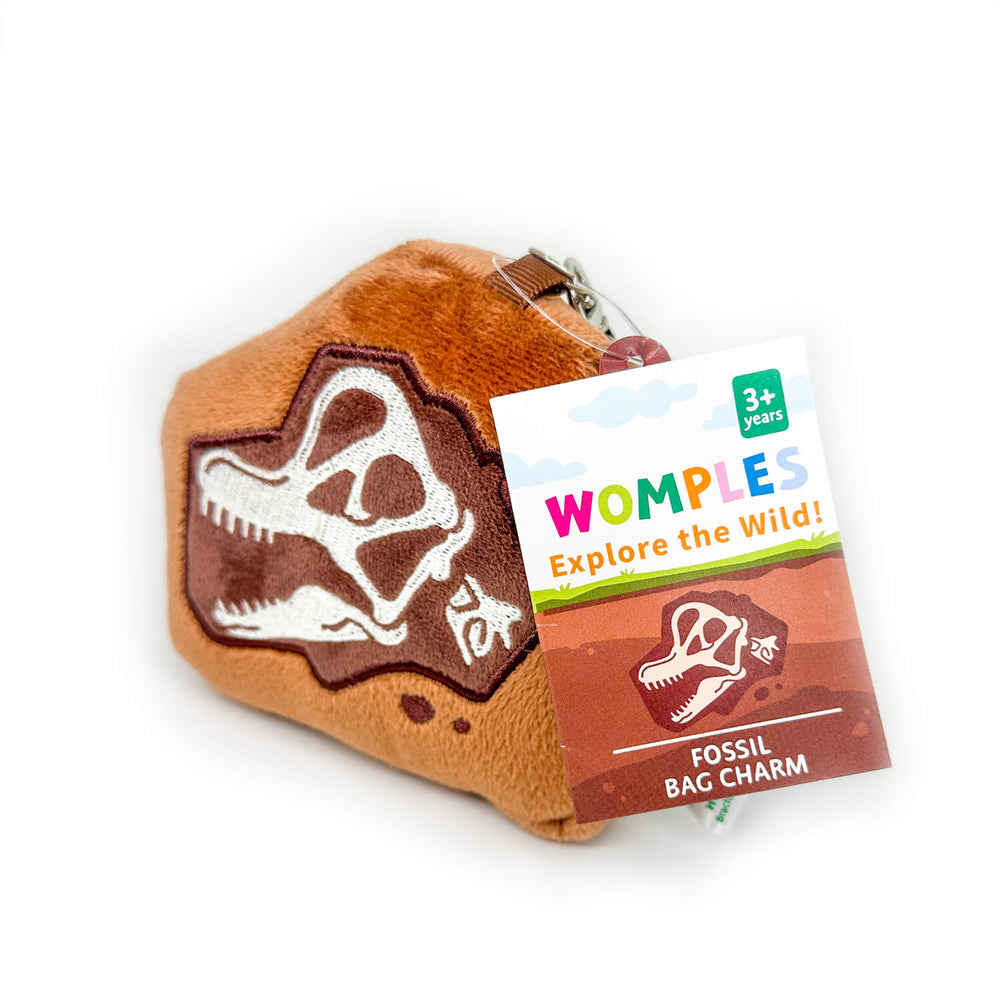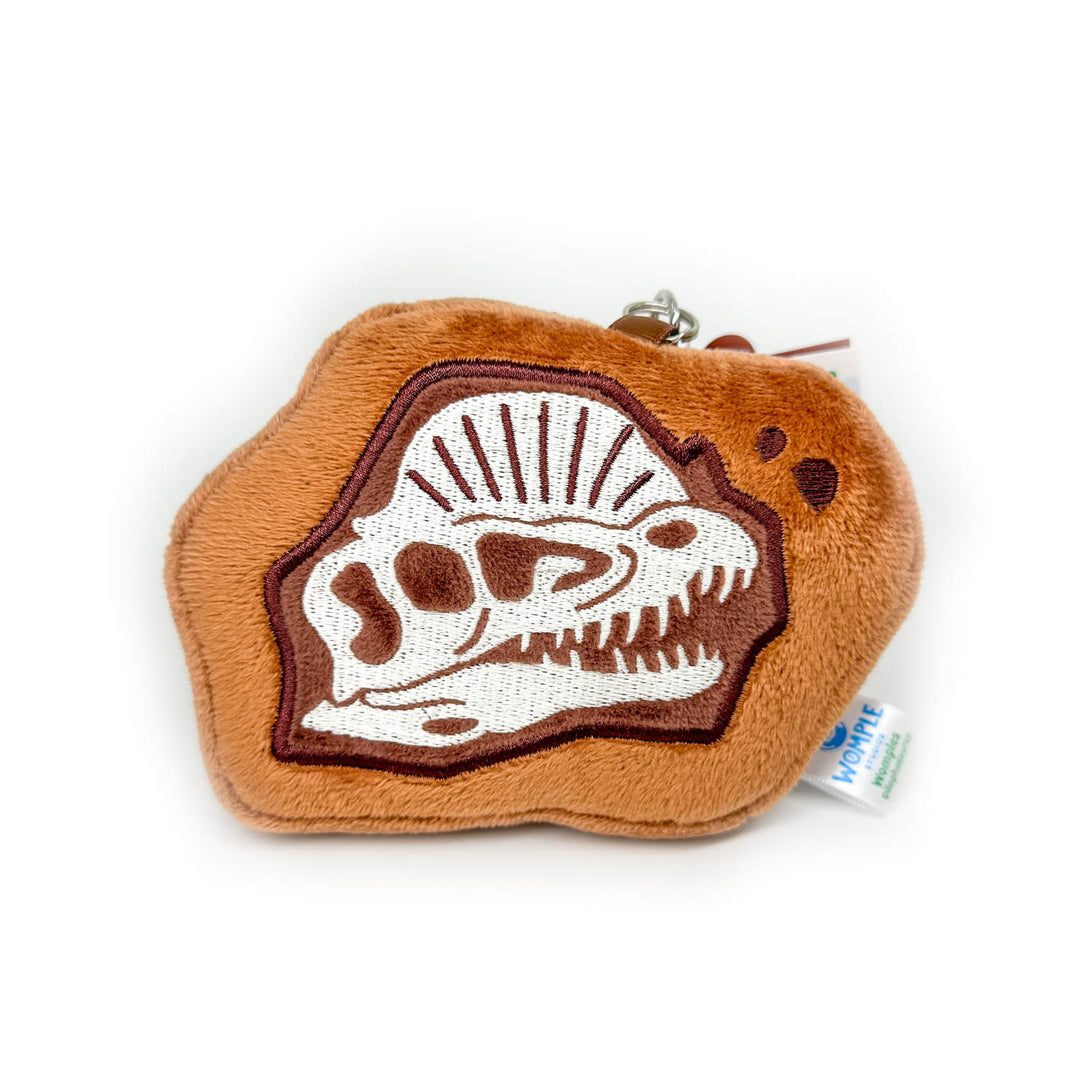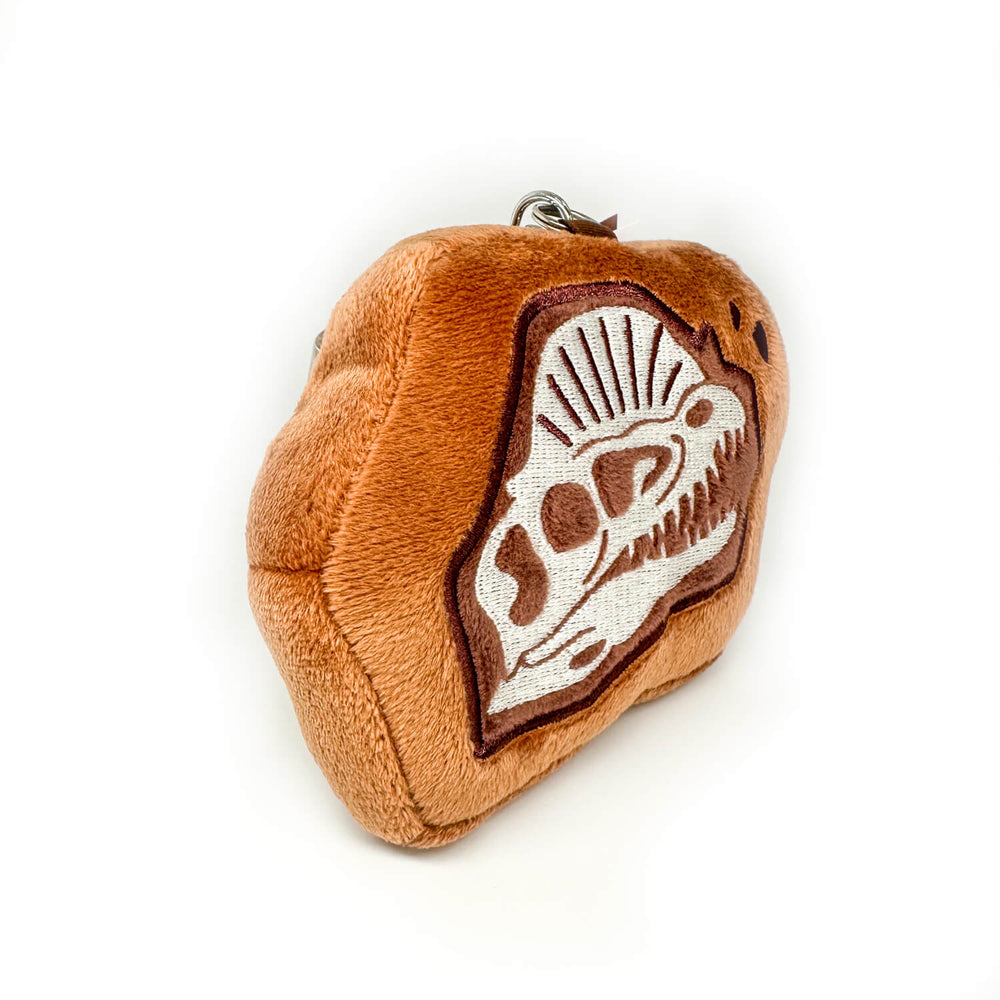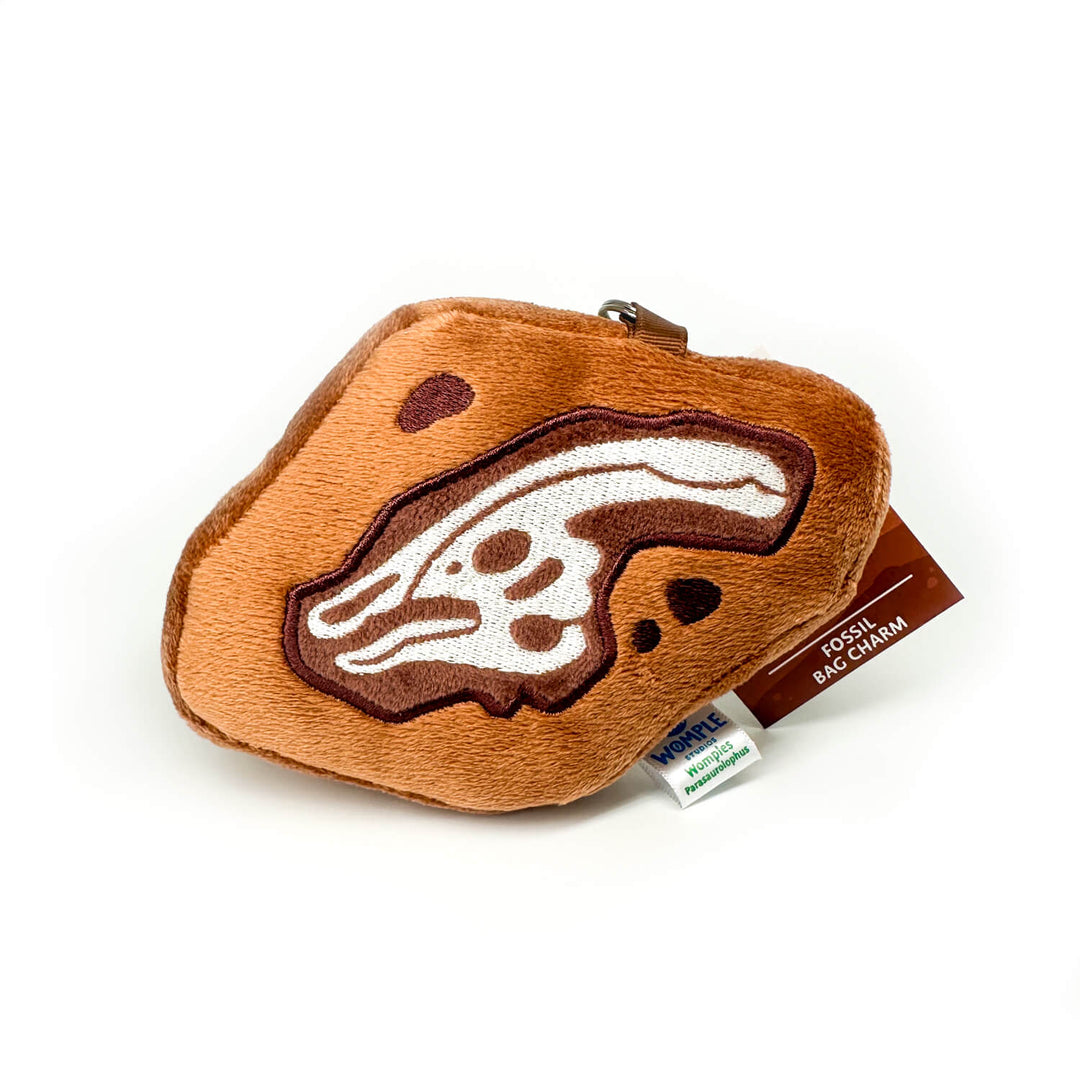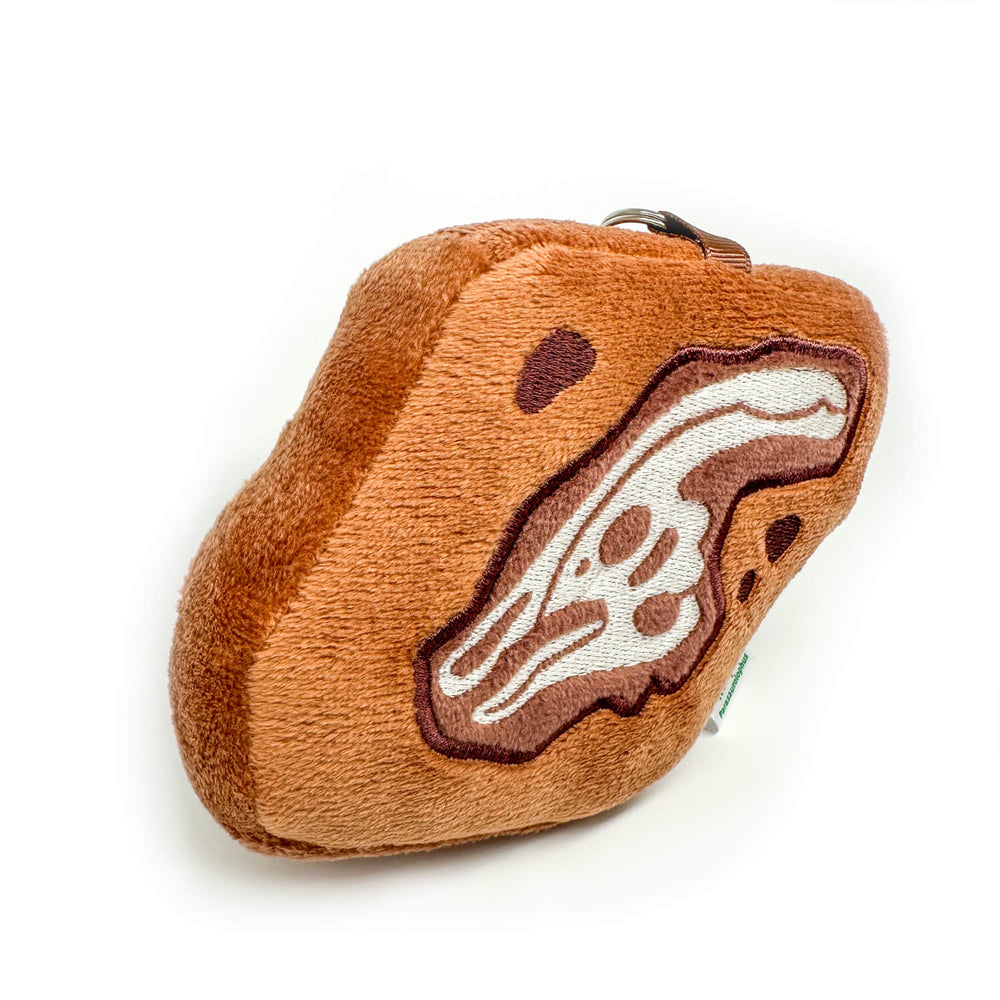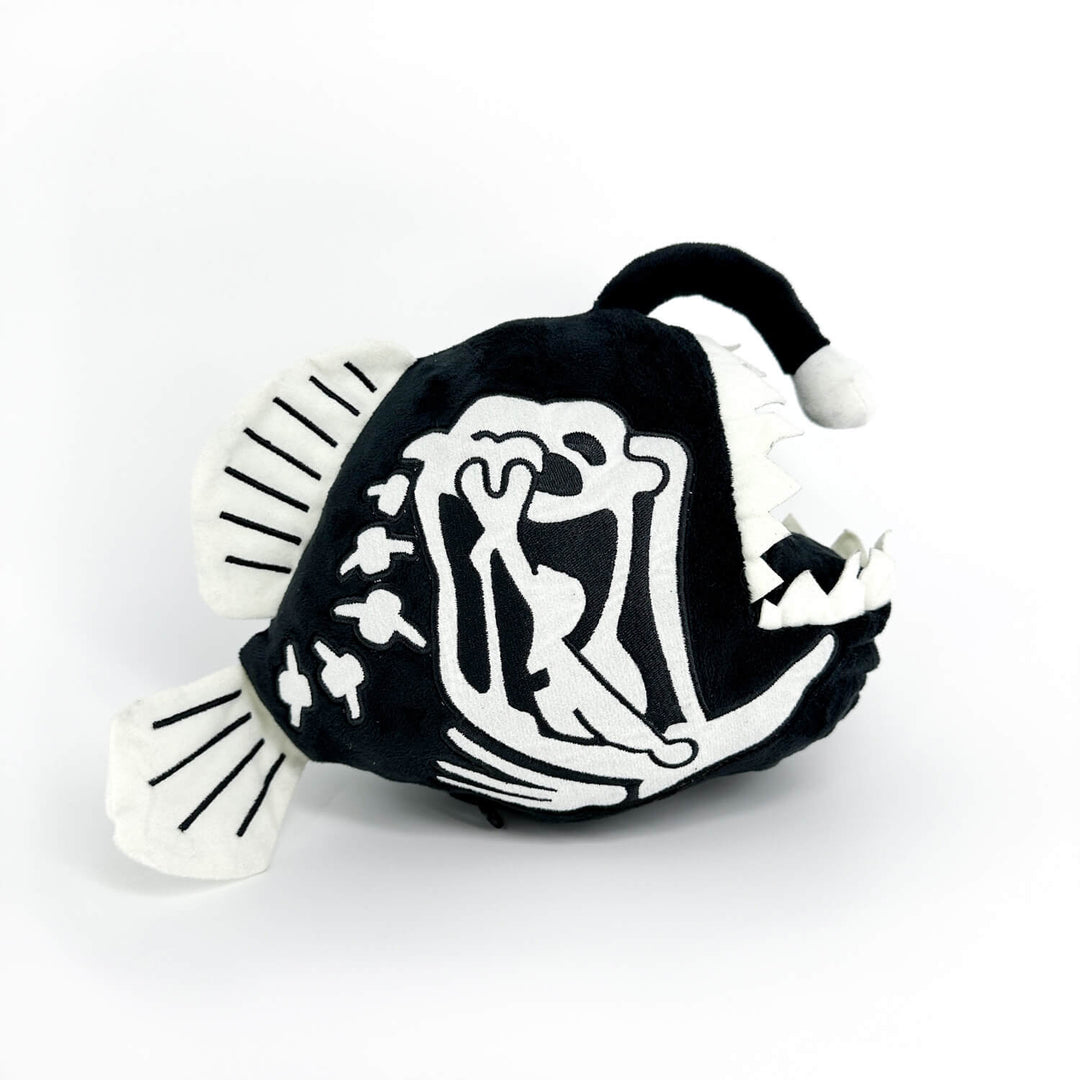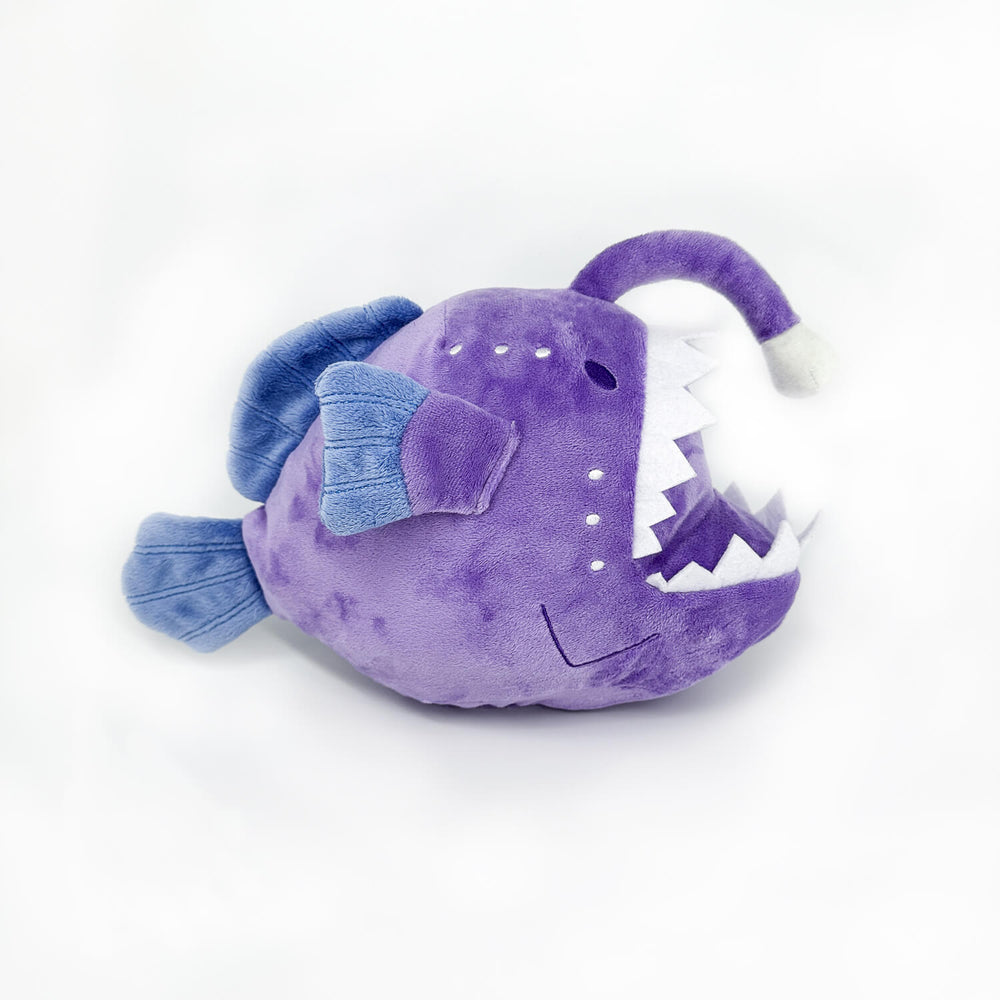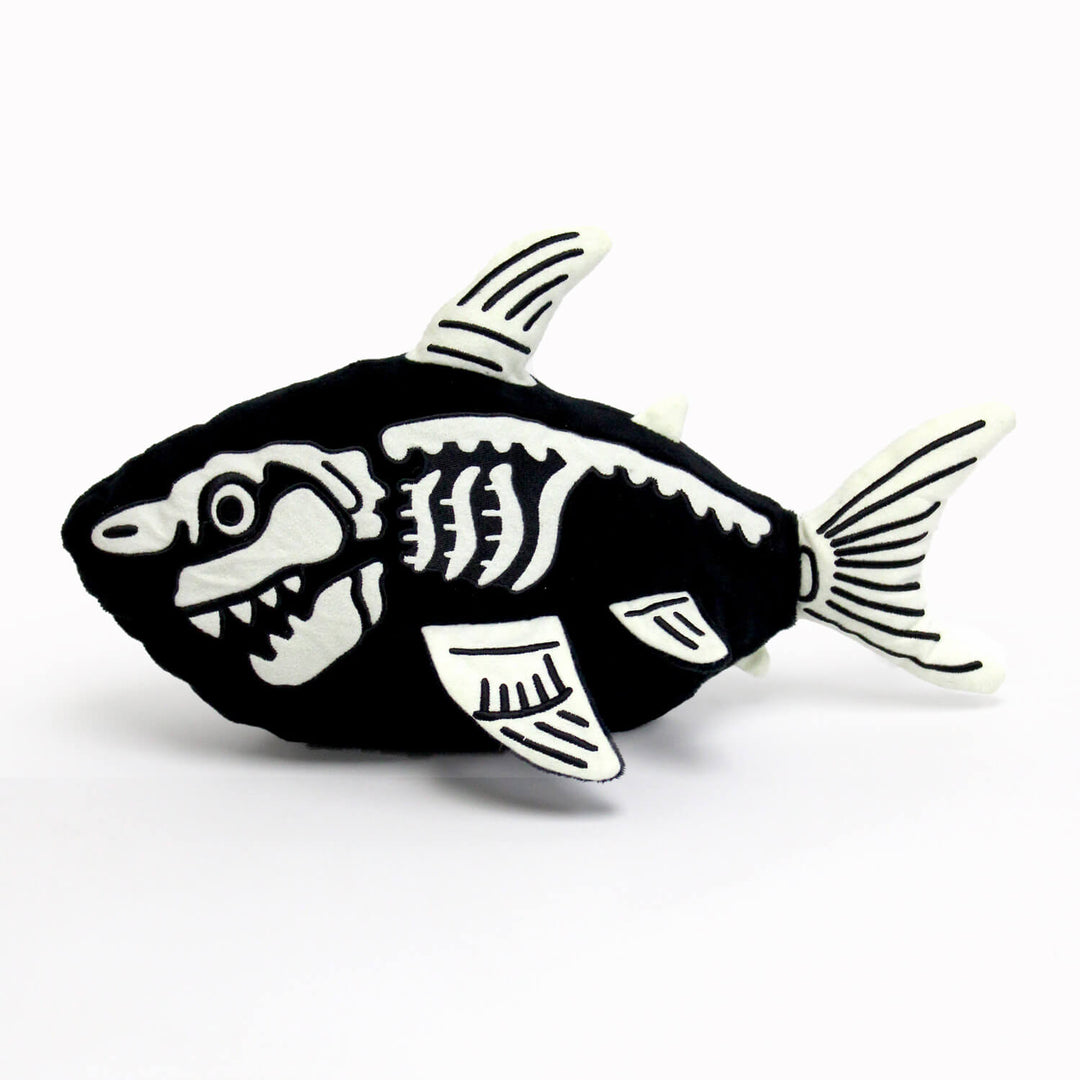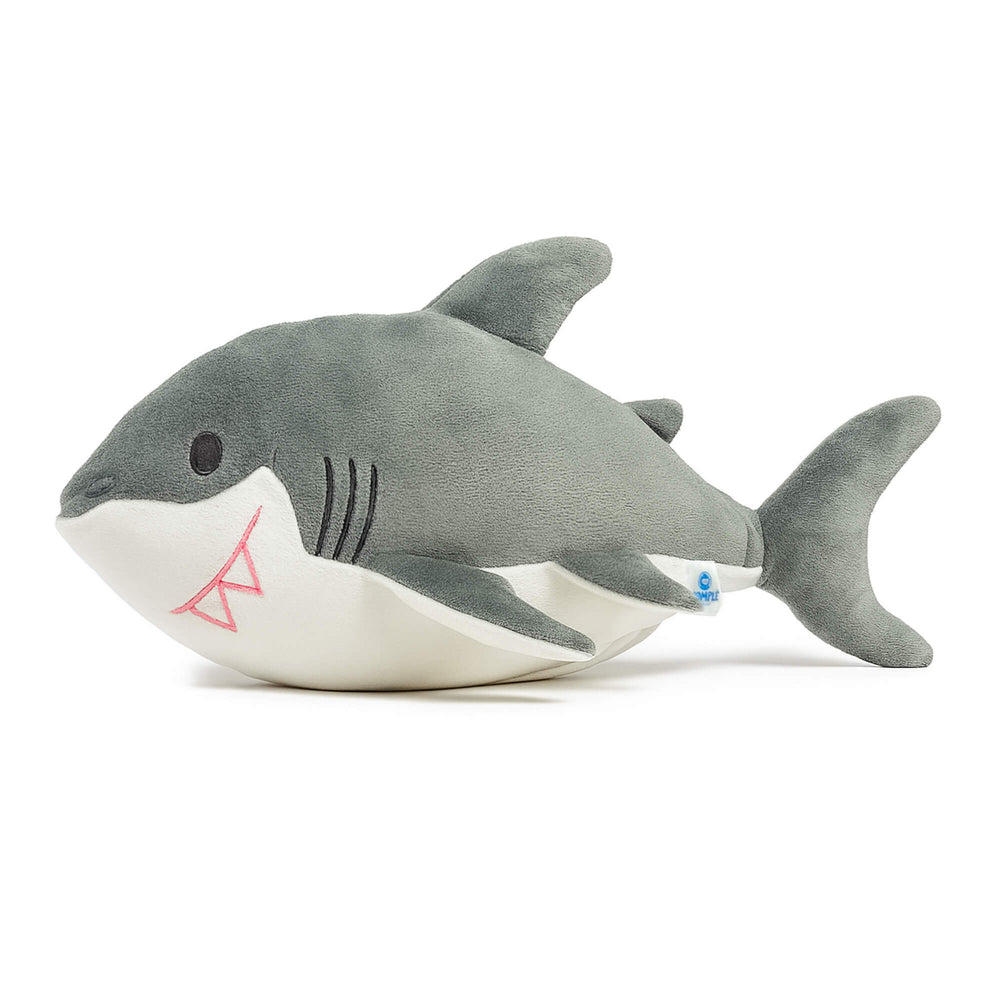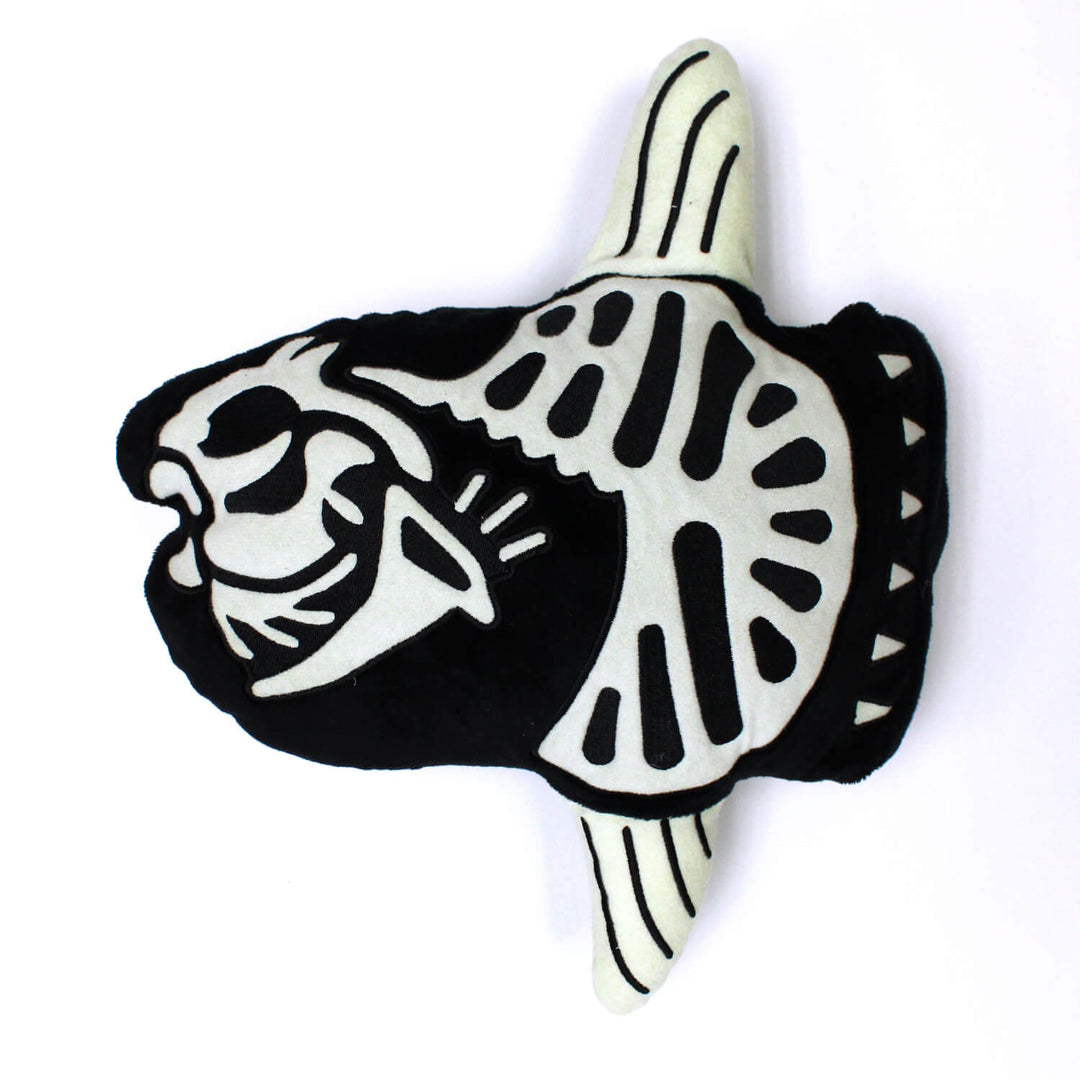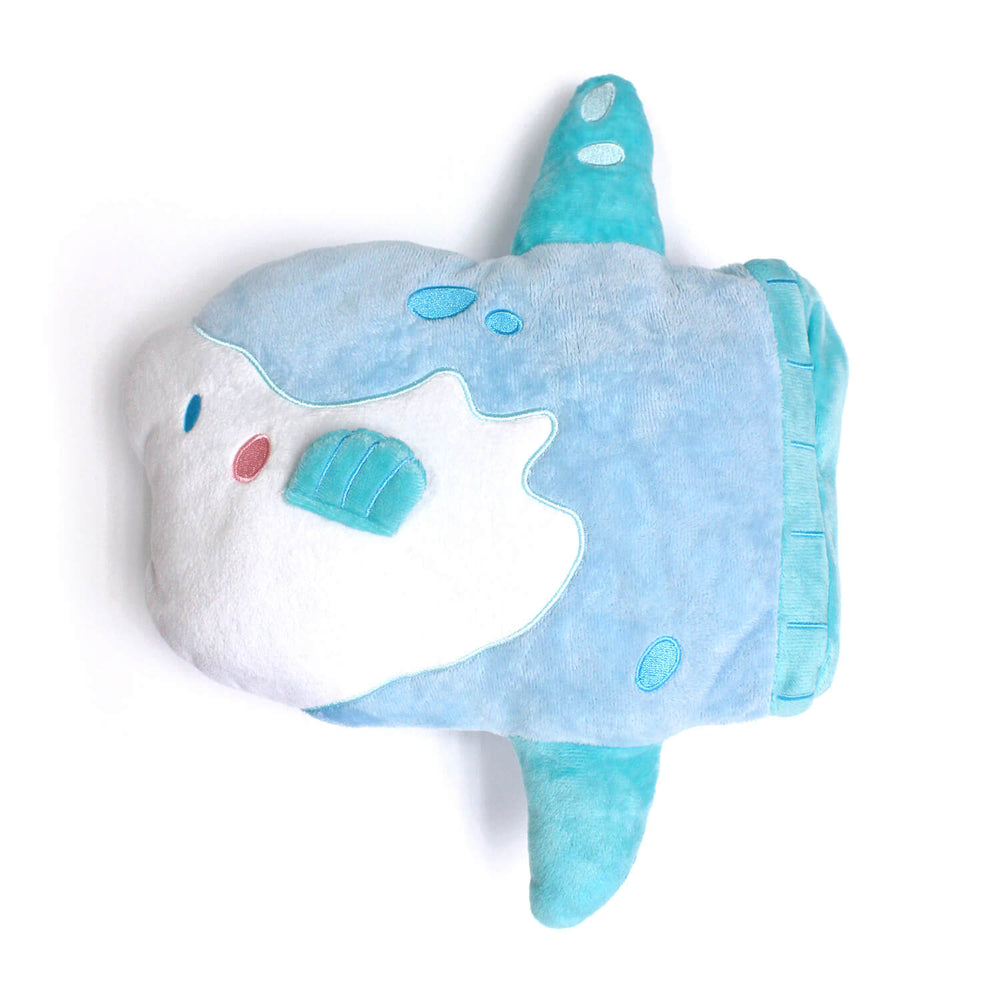Learn about:
Little Blue Penguins
Also known as blue penguins, little penguins, fairy penguins, and the Māori name kororā, little blue penguins are the smallest penguins in the world.
7 amazing facts about the Little Penguin (Eudyptula minor):
- The smallest penguin species, little penguins are only about a foot tall and weigh under 3 pounds as adults.
- Their unique blue feathers, which make them stand out on land, help them hide from predators in the water: from below, their white bellies look like sun spots and from above their blue backs blend in with the ocean waters.
- Little penguins live on the coasts and islands off of New Zealand. Another species of penguin, which is also called the little penguin and is very similar in appearance, lives nearby in Australia.
- Most penguins are awake in the daytime, like humans. But, little penguins are nocturnal. They hide in their burrows during the day and venture out at night to hunt for food.
- You might think that the greatest threats to these penguins are sharks and seals. But actually, human-introduced dangers like oil spills and domesticated dogs and cats that hunt little penguins on land can be far more damaging to penguin populations.
- Unlike some other penguin species that build their nests out of pebbles and rocks, little penguins dig burrows in the ground and in rock crevices.
- They may be little penguins, but they can make some big noise! Little penguins are very vocal and communicate with honks, calls, and even barks and growls!
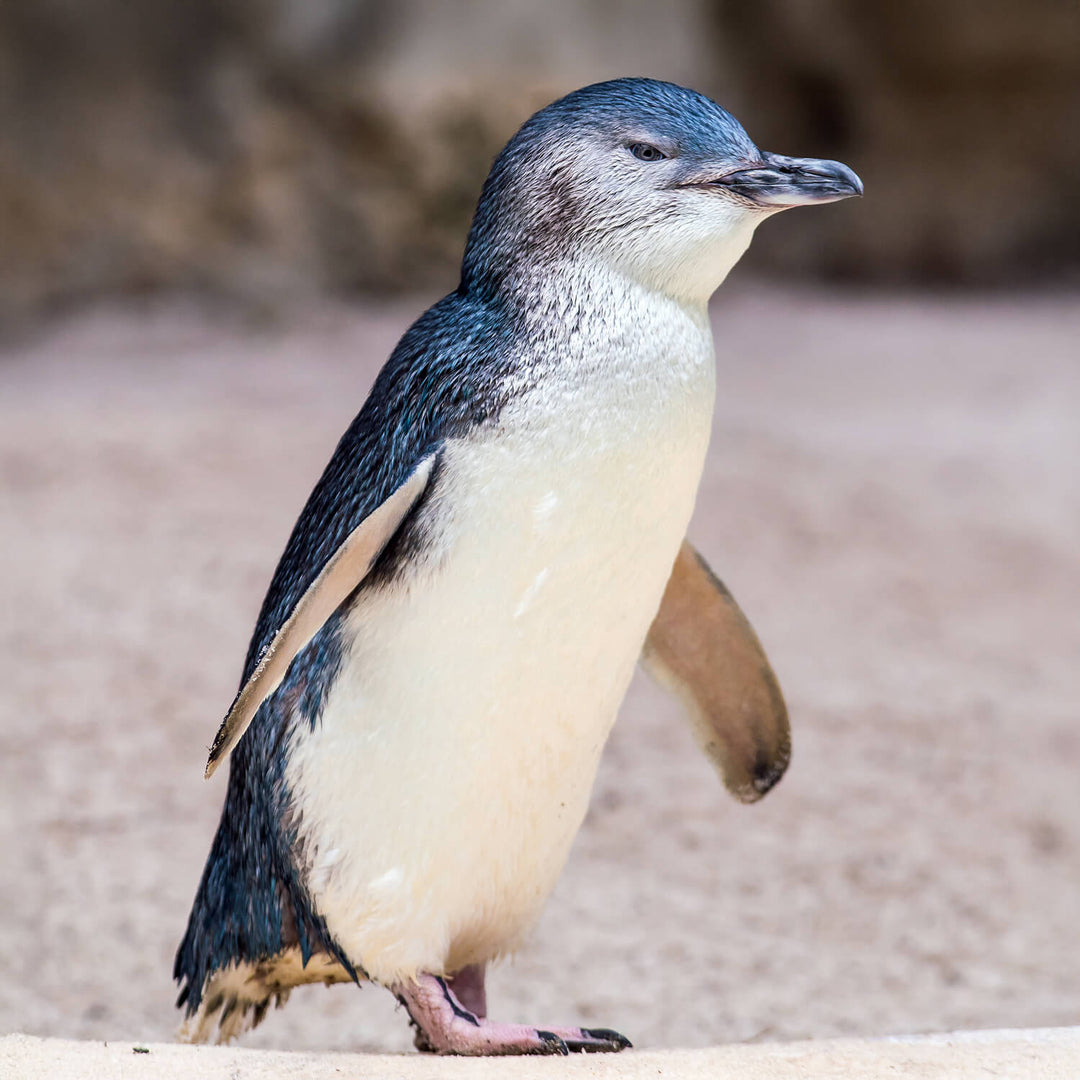
Click a spot to learn more:
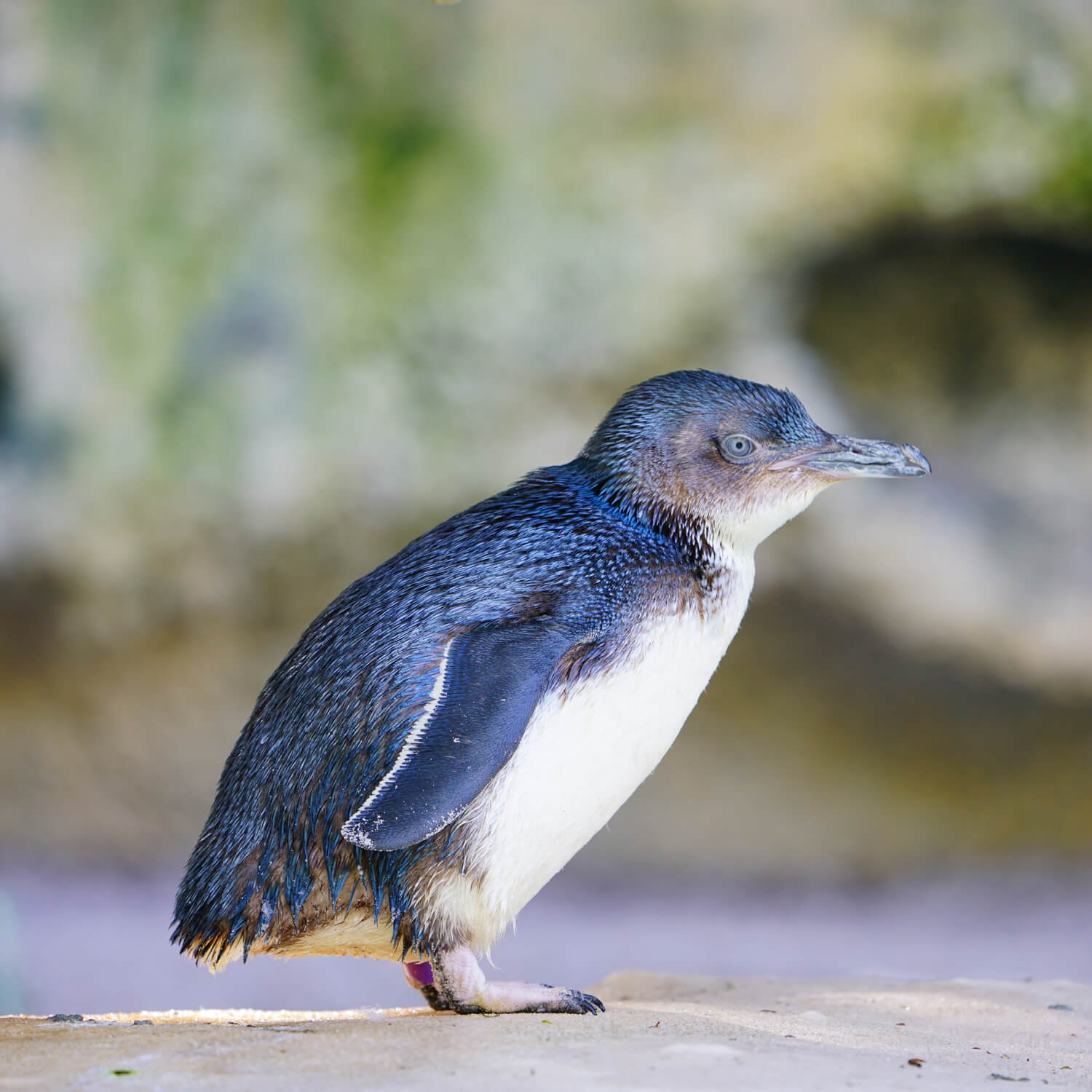
Underwater Eyes
Have you ever tried to open your eyes underwater? It's not very pleasant! And it's also pretty hard to for us humans to see. So how do penguins see and hunt tiny fish in the water? Scientists believe that penguins have eyes like glasses that are specially made to see clearly underwater. And while they're colorblind, unable to see the color red, penguins might even be able to see colors that are not visible to humans.
Camouflage That Stands Out
Little penguins, also known as blue penguins because of their beautiful blue feathers, have a unique camouflage: bright white bellies and brilliant blue backs. When they are young and still in the nest, little penguins are brown. When they grow old enough to swim and hunt for themselves, they turn blue. Their bright blue and white colors help them avoid being seen when swimming near the surface of the ocean, from predators both above them and below them. Can you explain why?
Stubby Useful Tails
While their tails are stubby and short, they still serve very important purposes. Tails help penguins turn and swim straight, like a boat's rudder. Little penguins' tails also produce an oily substance that they use to coat their feathers. This oil makes their feathers waterproof and helps them to keep warm in cold waters.


